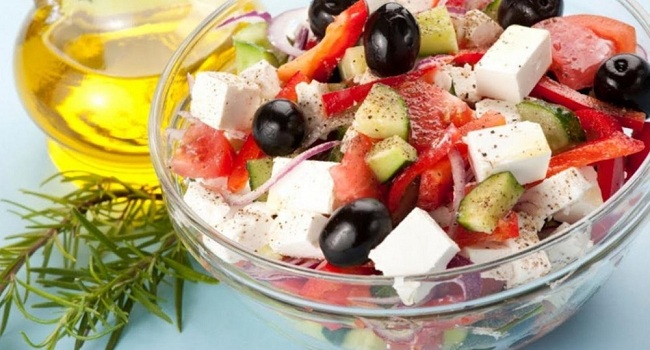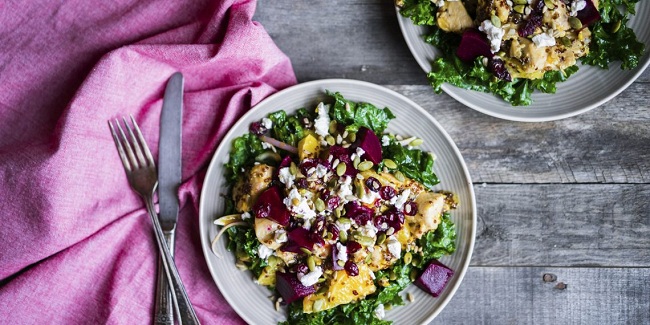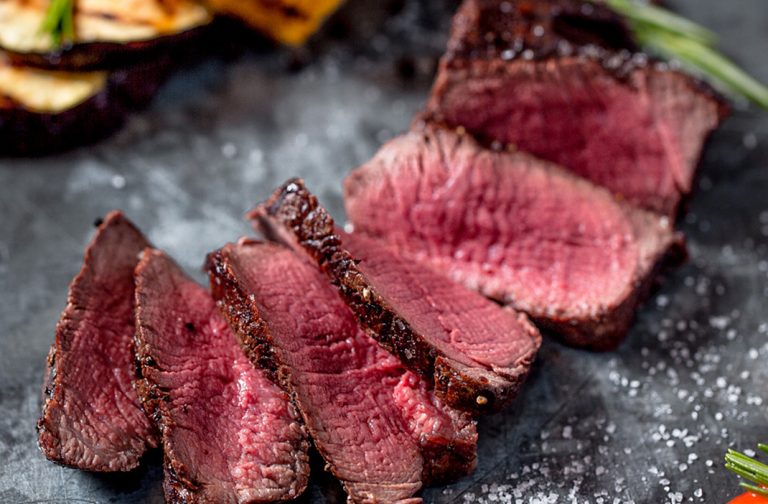Myth or truth: Certain eating habits are said to be due to blood type. Conversely, the blood group diet should make it easier to lose weight. However, today’s critics advise against this diet.
What blood groups are there?
The first blood transfusions were carried out as early as the 17th century, but without the knowledge of the possible incompatibility of donor and recipient blood.
Thanks to the Austrian doctor Karl Landsteiner, the so-called AB0 system was implemented. A, B, 0 and AB stand for a specific surface structure of the red blood cells. This is genetically determined and thus inheritable. It is important to note that each person can only have one blood group.
Blood group A: contains antigens type A (antibodies against type B)
Blood group B: contains type B antigens (antibodies against type A)
Blood group AB: contains antigens type A and type B (no antibodies)
Blood group 0: no antigens (antibodies against type A and type B)
Accordingly, not just any random person can donate blood to all blood groups. Blood group 0 is the most compatible and can donate to all blood groups. Blood group A can only donate to type A or type B. Blood group B can only also donate to type B or type AB. And lastly, blood group AB, which can only donate to type AB. The blood group distribution in Germany is 43 percent blood group A, 41 percent blood group 0, 11 percent blood group B and blood group AB is the least common at 5 percent.
What does blood type say about your eating habits?
The author Peter J. D’Adamo already attracted a lot of attention in 1996 with his book “4 Blood Types”*. The basic message: Everyone should adjust their food according to their blood group. He describes blood group 0 as the dominant hunter-cavern type that needs meat. Blood group AB, on the other hand, are gentle vegetarians, and for blood group B, everything else belongs on the table besides dairy products.
blood group 0
Blood group A was created in the Neolithic period. These people would have a tolerant immune system but a rather sensitive gastrointestinal tract. That is why a vegetarian diet with lots of fruit and vegetables is very beneficial for this type A. This type can also eat small portions of fish several times a week.
blood group B
the
Which diet should suit which blood group?
Unlike strict diets, a blood type diet doesn’t require you to count calories. In addition, the blood type diet for all four types relies heavily on fruits and vegetables, but very little on fiber and other necessary nutrients. Furthermore, according to D’Adamo, the so-called lectins play an important role in the blood group diet or the corresponding specific form of nutrition. These are
Blood group 0 (meat eaters) should avoid whole wheat products because of the gluten. With the exception of butter and farmer’s cheese, all cow’s milk products are rather indigestible and thus make the metabolism and weight loss more difficult. According to D’Adamo, legumes are not an important part of their diet because they tend to cause digestive problems because of the lectins, which are said to lead to blood clotting. People with blood group A (vegetarians
People with blood group B (omnivores) would only have to limit themselves to poultry, wheat and rye products. Almost all types of vegetables and fruits are well tolerated by this blood group, although they would only tolerate a few legumes. A lot of cheese, milk and meat would also be well tolerated. For people with blood group AB (The Enigmatic

Criticism of the blood group diet
As plausible as all this may sound, there are still a few points to criticize about the diet:
D’Adamo is wrong: The blood types did not develop one after the other, but in parallel.
No scientific study has yet proven that lectins can lead to blood clotting, which makes them intolerable. By cooking legumes, for example, they are easily neutralized, which means that everyone can digest them easily.
The diet is partly very low in fiber and based too much on animal proteins, which is not environmentally friendly or sustainable. Too much meat can also lead to inflammation, gout or urinary stones.
Giving up certain foods is not healthy. The DGE also advises against it and recommends a balanced diet with all the necessary nutrients.
CONCLUSION: The blood group diet is therefore strongly discouraged. Still, this knowledge can serve as background information as to why some foods taste better to you or are easier to digest than others. Follow your instinct and eat what you feel like in a balanced way. Because your gut feeling usually knows quite intuitively what is good for you and what is not. count on it.







